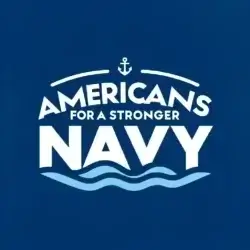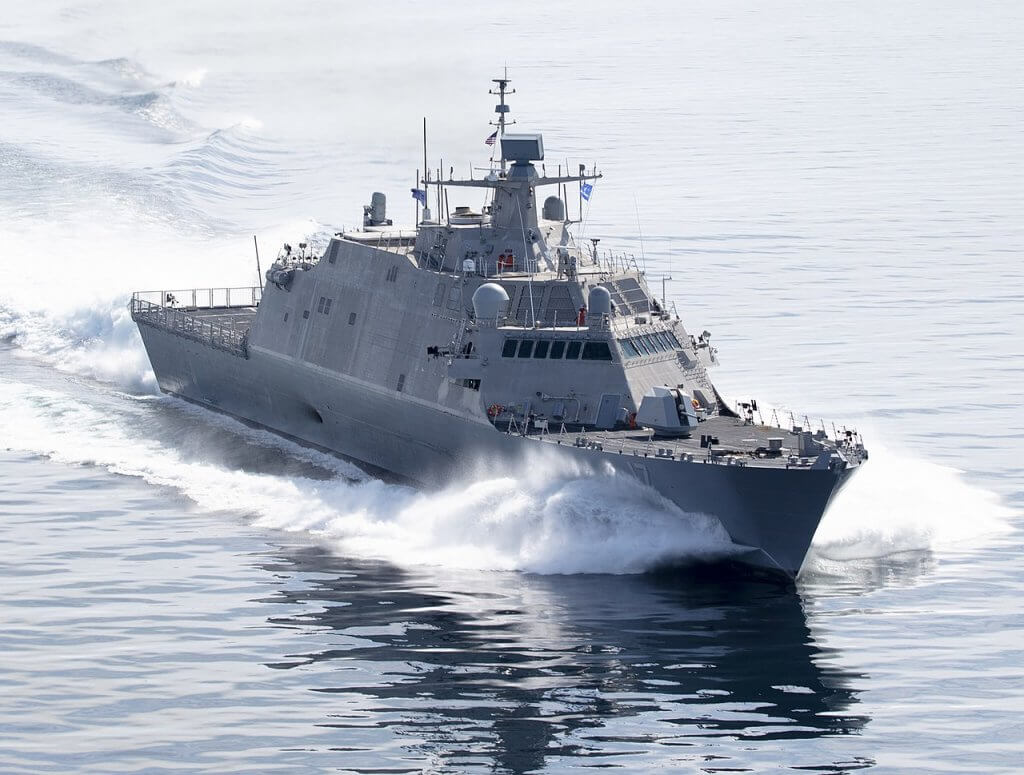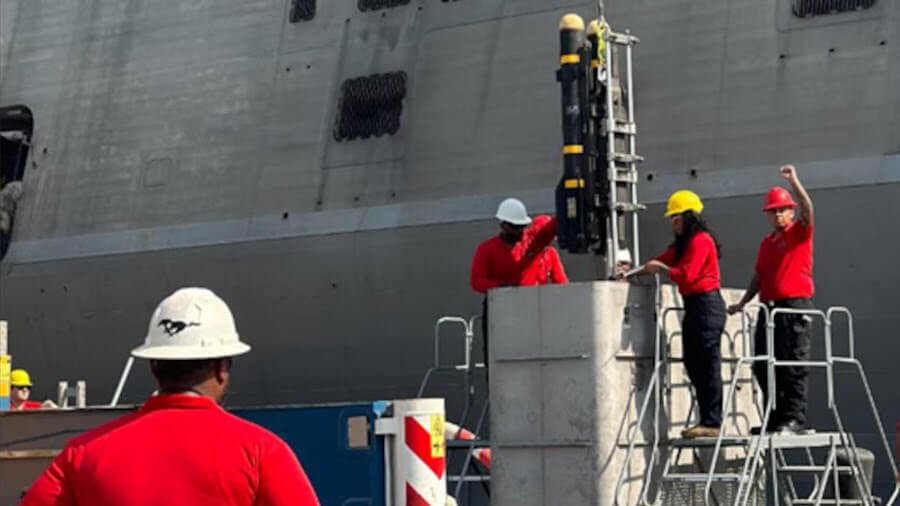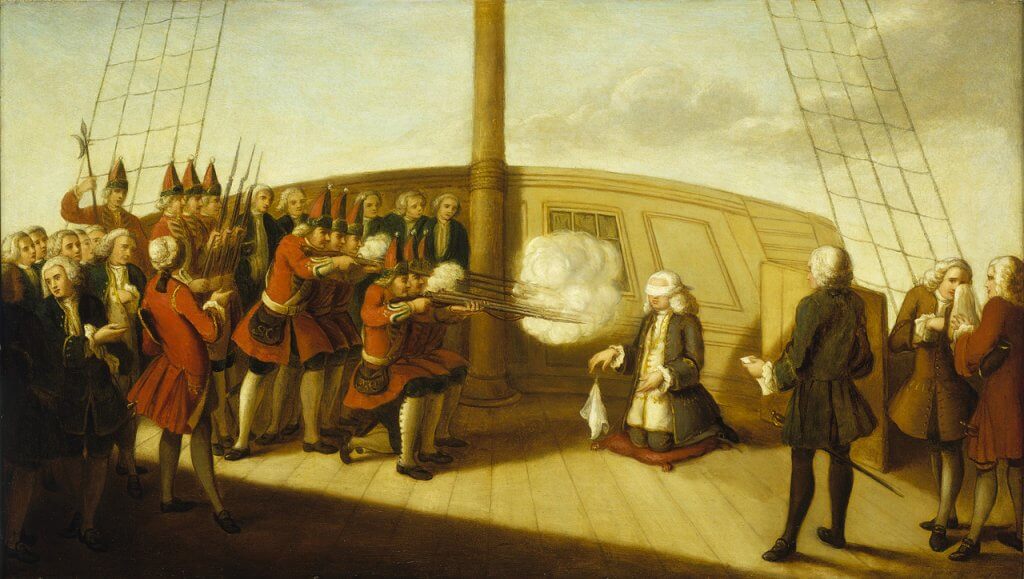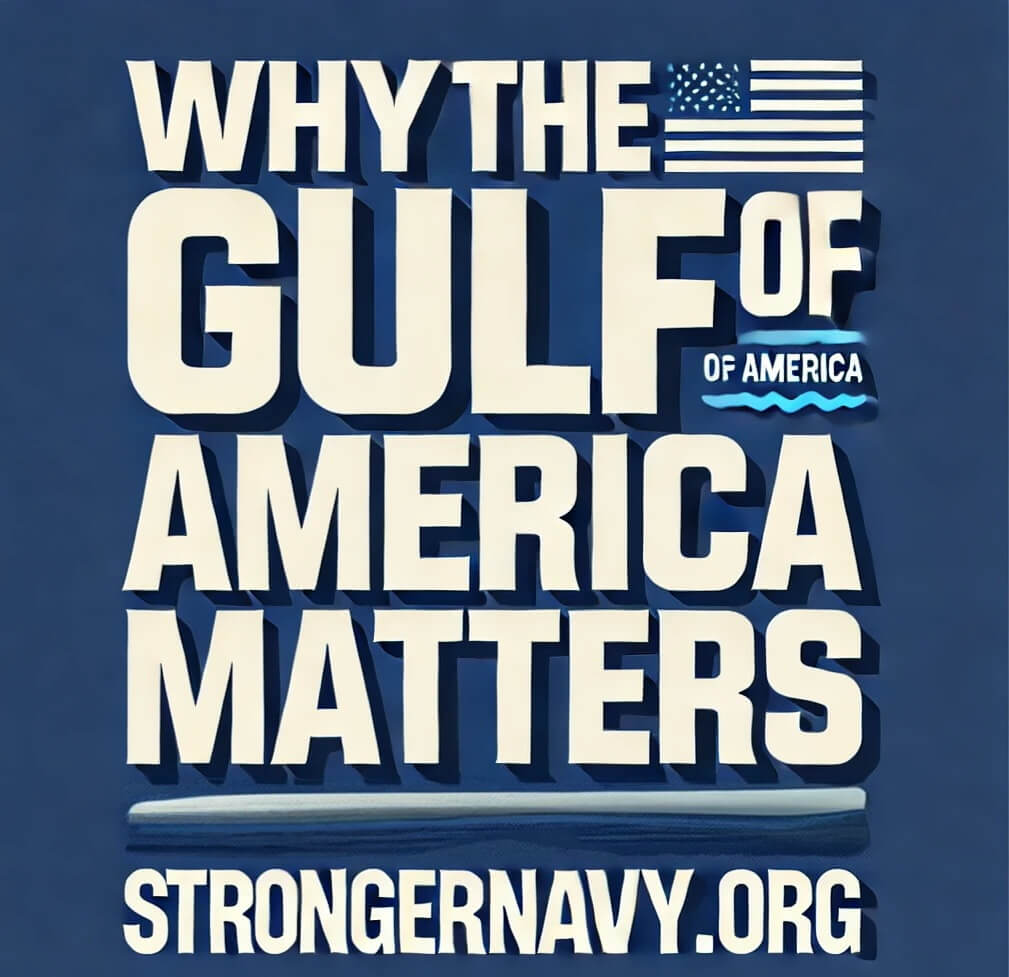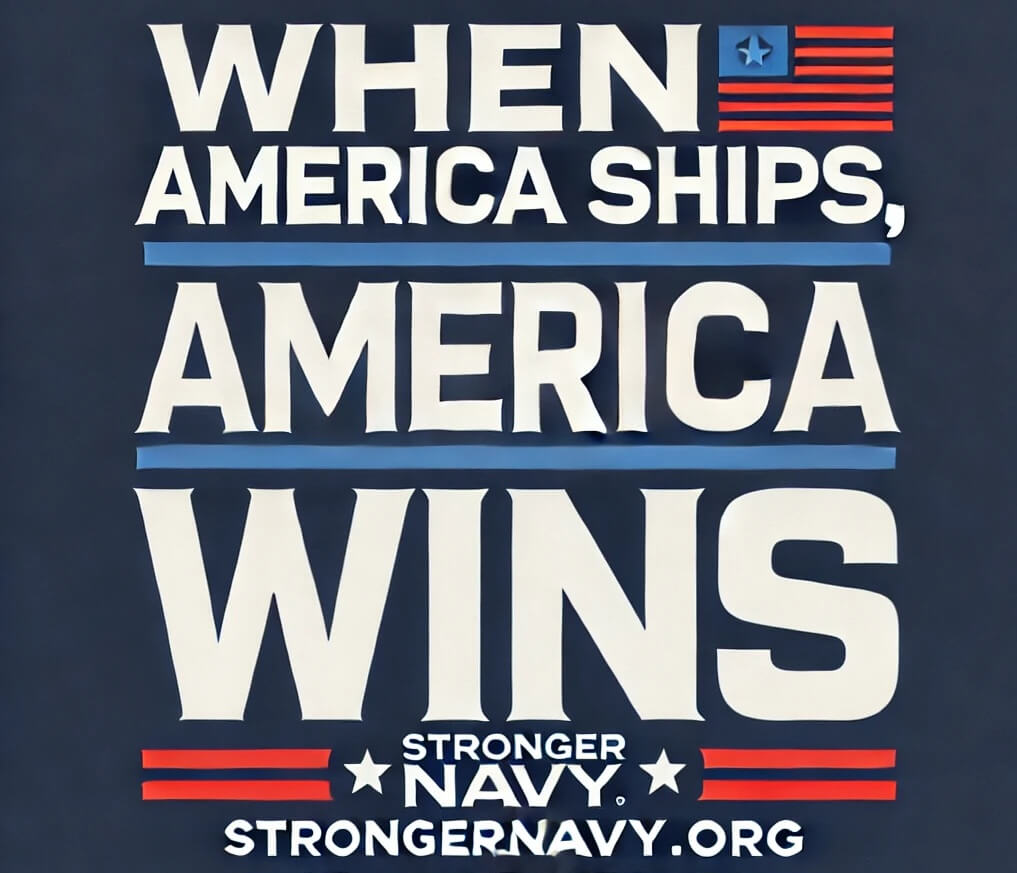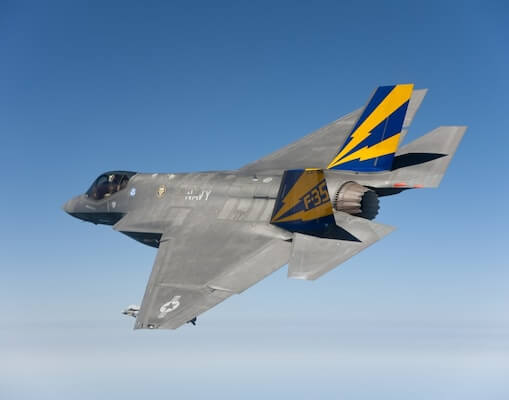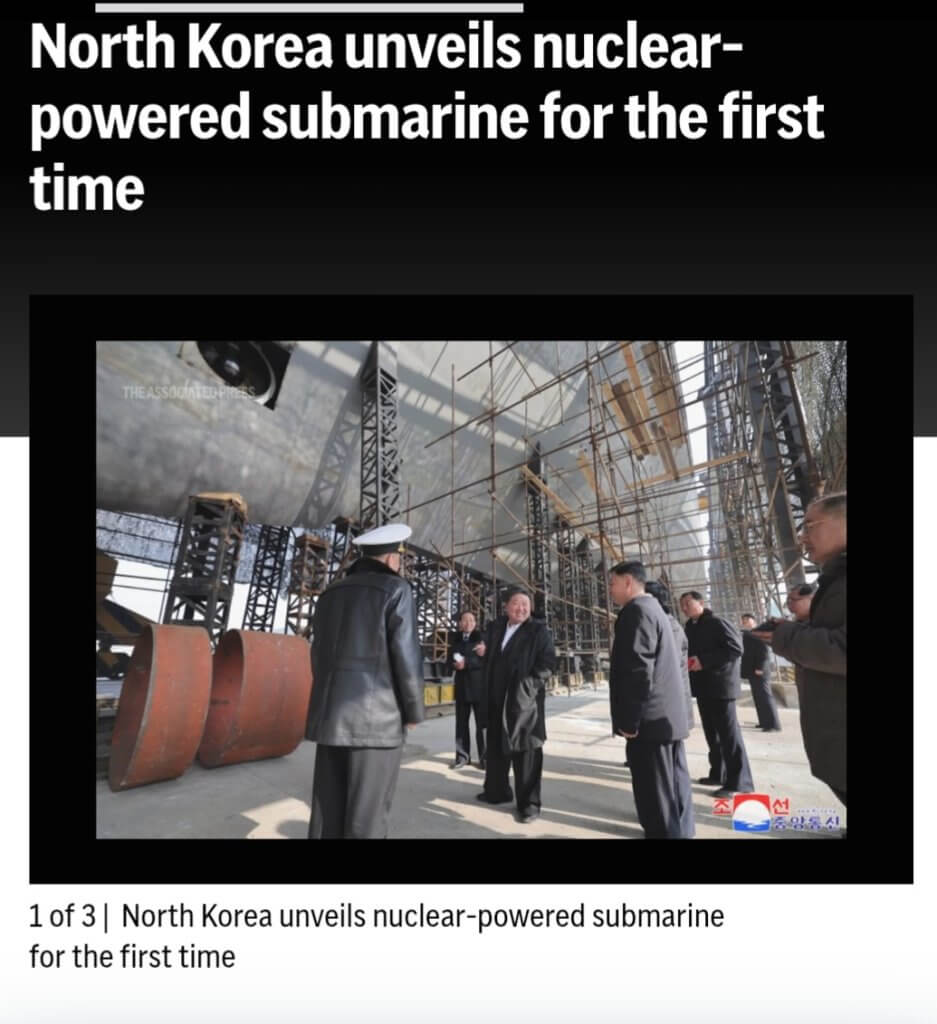
Introduction
In a move that could reshape the balance of power in the Indo-Pacific, North Korea has unveiled a nuclear-powered submarine under construction for the first time. The announcement, accompanied by images of Kim Jong Un inspecting the shipyard, raises serious questions about regional security, technological proliferation, and the future of naval warfare.
For years, North Korea’s submarine fleet was seen as aging and limited in capability. This new development, however, suggests a leap forward—one that could allow Pyongyang to launch nuclear missiles from stealthy underwater platforms. If confirmed, this would be a major strategic shift, making it harder for the U.S. and its allies to detect and respond to potential attacks.
So how did a heavily sanctioned nation achieve this milestone? And more importantly—what does it mean for the United States, its allies, and the U.S. Navy?
Key Takeaways
- North Korea has publicly showcased a nuclear-powered submarine under construction, potentially capable of carrying nuclear-capable missiles.
- Experts speculate that North Korea may have received Russian technological assistance in exchange for supporting Russia’s war efforts in Ukraine.
- If deployed, this submarine would significantly enhance North Korea’s second-strike capability, making its nuclear deterrence more credible.
- The development complicates regional security and raises concerns about a growing alliance between North Korea and Russia in military technology sharing.
Why Americans Should Care
For many Americans, North Korea’s military developments may seem like distant problems. But in reality, this new submarine could directly impact U.S. national security.
A nuclear-powered submarine allows North Korea to extend its reach beyond the Korean Peninsula. Unlike land-based missile systems, which can be monitored through satellites and surveillance, a submarine carrying nuclear weapons can disappear into the vast ocean, making it nearly impossible to detect before a potential strike.
If North Korea can launch nuclear missiles from an underwater platform, it could target U.S. allies like South Korea and Japan with little warning—or even reach the U.S. mainland in the future. This dramatically raises the stakes and adds another layer of unpredictability to global security.
Implications for the USA
A Strengthened North Korea-Russia Alliance
Reports suggest that Russia may have provided North Korea with reactor technology for this submarine in exchange for conventional weapons or manpower for its war in Ukraine. If true, this signals a growing military partnership between two U.S. adversaries. A stronger North Korea emboldened by Russian support poses a direct challenge to U.S. leadership in the region.
Increased Risk of Nuclear Conflict
North Korea’s ability to launch nuclear strikes from the sea reduces the effectiveness of traditional missile defense systems. A surprise underwater attack would be harder to intercept, increasing the risk of escalation in the event of a conflict.
Undermining U.S. Deterrence
This development challenges the U.S.’s ability to maintain strategic deterrence. If North Korea gains confidence in its second-strike capability, it may be less willing to negotiate or back down from provocations.
Implications for the U.S. Navy
Greater Demand for Anti-Submarine Warfare (ASW)
Detecting and neutralizing enemy submarines is already one of the most complex challenges in naval warfare. The U.S. Navy will need to enhance its ASW capabilities, including deploying more advanced sonar systems, hunter-killer submarines, and aerial surveillance.
Need for Expanded Naval Presence in the Indo-Pacific
A nuclear-powered submarine gives North Korea the ability to operate farther from its shores. The U.S. Navy may need to increase its presence in the region to counter this new threat, requiring more attack submarines, destroyers, and aircraft carriers to maintain sea control.
More Investments in Unmanned and AI-driven Warfare
The future of undersea warfare is shifting toward AI-driven detection and unmanned systems. This new threat underscores the urgency of investing in advanced drone technology, autonomous underwater vehicles (AUVs), and real-time surveillance to track enemy movements.
Conclusion
North Korea’s nuclear-powered submarine is more than just a headline—it’s a wake-up call. It signals a shift in global security, exposing weaknesses in existing defense strategies. The U.S. must recognize this as part of a broader challenge, not only from North Korea but also from the growing military cooperation between adversaries like Russia and China.
America cannot afford to be complacent. A stronger U.S. Navy is essential to maintaining deterrence, securing trade routes, and ensuring that threats like this do not go unchecked. Now, more than ever, investing in naval power is not just a choice—it’s a necessity.

